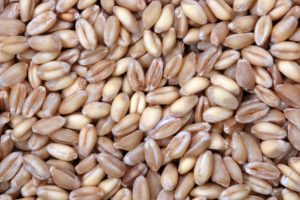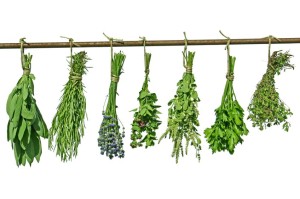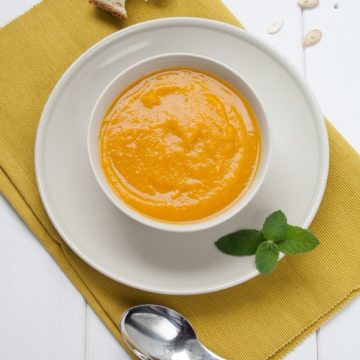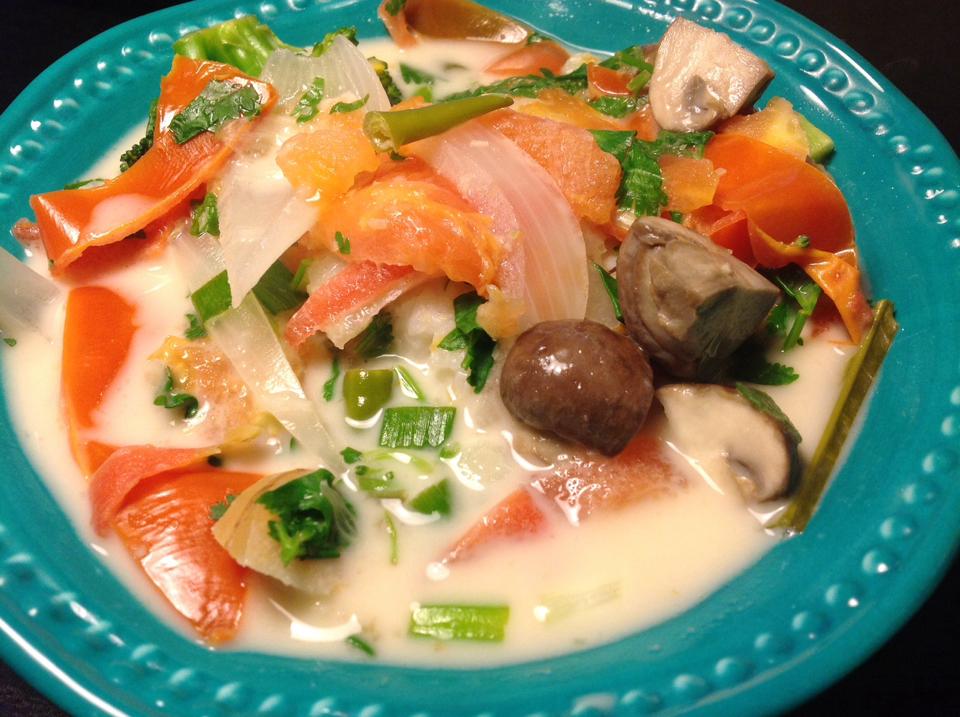Planning healthy and nutritious meals is challenging, and even the most prepared person can find themselves in a recipe conundrum when a lack of inspiration, ingredients, or time strikes. To avoid the shock of opening the refrigerator door to find a lowly clove of garlic and jar of mustard next to a questionable-looking bag of lettuce, consider the trusty and efficient technique of freezing. Cooking a large batch of basic stock ingredients and separating out meal-sized quantities can bring the fresh produce of summer, the warm soups of winter, or festive party desserts to your table in minutes.
 Here are 5 freezer-friendly meals and ingredients you can buy and cook in bulk without the guilt of waste or fearing endless left-overs.
Here are 5 freezer-friendly meals and ingredients you can buy and cook in bulk without the guilt of waste or fearing endless left-overs.
1. Grains
It may be surprising, but grains are quite easy to make ahead in large batches and freeze. Each variety has a different cooking method (standard boiling vs. absorption) and duration (10 minutes and beyond)—but no matter what your recipe calls for, what’s on sale at the grocery store, or what you happen to have left over in your cabinet, having tasty grains at the ready is as simple as boiling water. Just cook, drain, cool completely (this is key), store in a freezer bag, and reheat when you need them. Heartier grains, like barley or wheat berries, freeze the best.
2. Nuts
Nuts are a wonderful source of protein for vegans and non-vegans alike (although they should be eaten in moderation given their high fat:protein ratio). They can also be pricey, so buying them in small quantities (like when a recipe calls for ¼ cup of slivered almonds) might not be the best investment. When you buy more nuts than you’ll need for a cake or trail mix, store them in the refrigerator or freezer to keep them from going rancid (the oils make them perishable if stored at room temperature). Frozen nuts will keep for up to two years!
Making a hearty soup, stew, or sauce often requires hours and special ingredients: herbs, spices, in-season produce like winter squash or root vegetables. If you’re going to spend an entire day stirring and seasoning, tasting and simmering, you’re going to want to make your efforts last beyond one meal. When your pot of delicious, belly-warming soup is done, save what you’d like for leftovers and freeze the rest for when it’s too hot to cook or simply need some quick and easy meals at the ready. After allowing it to cool, store it in an air-tight container to enjoy again whenever you’d like a bowl of comfort—no matter what the season. Stocks are especially useful to have on hand to use as a flavorful base of other recipes, and they are easy to make from basic ingredients and year-round produce like carrots, celery, onion, and garlic.
4. Fresh Herbs
 Like nuts, herbs in recipes often call for small quantities. And no one ever sells just one sprig of thyme, ever. Buying a whole bunch of which you only use a handful might inevitably lead you to trashing your basil, parsley, or cilantro after only a few days. To cook with herbs as conveniently as with dried, but as bright-tasting as with fresh, simply rinse thoroughly, trim the large stems, and finely chop (as you would for cooking). Then, pack the herbs into an ice cube tray and top with a thin layer of water. After they’ve frozen, remove the cubes and store them in a labeled freezer bag. You can use the cubes right out of the freezer, especially when preparing soups or sauces.
Like nuts, herbs in recipes often call for small quantities. And no one ever sells just one sprig of thyme, ever. Buying a whole bunch of which you only use a handful might inevitably lead you to trashing your basil, parsley, or cilantro after only a few days. To cook with herbs as conveniently as with dried, but as bright-tasting as with fresh, simply rinse thoroughly, trim the large stems, and finely chop (as you would for cooking). Then, pack the herbs into an ice cube tray and top with a thin layer of water. After they’ve frozen, remove the cubes and store them in a labeled freezer bag. You can use the cubes right out of the freezer, especially when preparing soups or sauces.
5. Baked Goods
 If anything fits the “freezes beautifully” model, it’s baked goods. Cookies, cakes (even with icing), and pies will all last for up to a year in the freezer when wrapped carefully in plastic wrap and foil (the double layer ensures no freezer burn). Fresh bread can also be enjoyed for longer when frozen; reheat in the oven, wrapped in foil, at 350 degrees for a few minutes after defrosting, and you’ll have a delicious, golden-brown loaf that tastes freshly baked. (Never use microwave for frozen bread as it draws out moisture from inside the food, leaving it soggy.) A weekend bake-fest or dinner party will be extra sweet if you banish the guilt-inducing remnants from your counter in the days after: and you’ll know where they are the next time a craving hits.
If anything fits the “freezes beautifully” model, it’s baked goods. Cookies, cakes (even with icing), and pies will all last for up to a year in the freezer when wrapped carefully in plastic wrap and foil (the double layer ensures no freezer burn). Fresh bread can also be enjoyed for longer when frozen; reheat in the oven, wrapped in foil, at 350 degrees for a few minutes after defrosting, and you’ll have a delicious, golden-brown loaf that tastes freshly baked. (Never use microwave for frozen bread as it draws out moisture from inside the food, leaving it soggy.) A weekend bake-fest or dinner party will be extra sweet if you banish the guilt-inducing remnants from your counter in the days after: and you’ll know where they are the next time a craving hits.
Tips for Freezing:
-
Label containers with the contents and the date they were first made or bought. That way you can keep track of how long you’ve had something.
-
Use one year as a basic guideline for optimal freezer-life.
-
Certain foods, like fine grains, may lose texture and taste after freezing, so choose wisely.
-
Always defrost in the refrigerator rather than on the counter; even if it’s only out for a few hours, your food can quickly grow bacteria when left at room temperature.
Need more tips to simplify your life? Check out the Shocking Truth about Reusable Bags, this bio-degradable cling wrap and Essential Vegan Shopping List
Photo: 123rf.com





